The Renaissance, a period spanning from the 14th to the 17th century, marked a profound cultural and intellectual awakening in Europe. It was characterized by a renewed interest in the art, literature, and philosophy of antiquity. Among the most significant events of this era was the rediscovery of Roman art, which played a pivotal role in shaping the artistic landscape of the time.
This rediscovery unearthed ancient Roman ruins and artworks that inspired artists and scholars alike. The revival of classical themes led to innovations in techniques and styles, profoundly influencing the evolution of European art. Masterpieces by renowned artists like Raphael and Michelangelo drew heavily from these ancient inspirations, laying the groundwork for subsequent art movements.
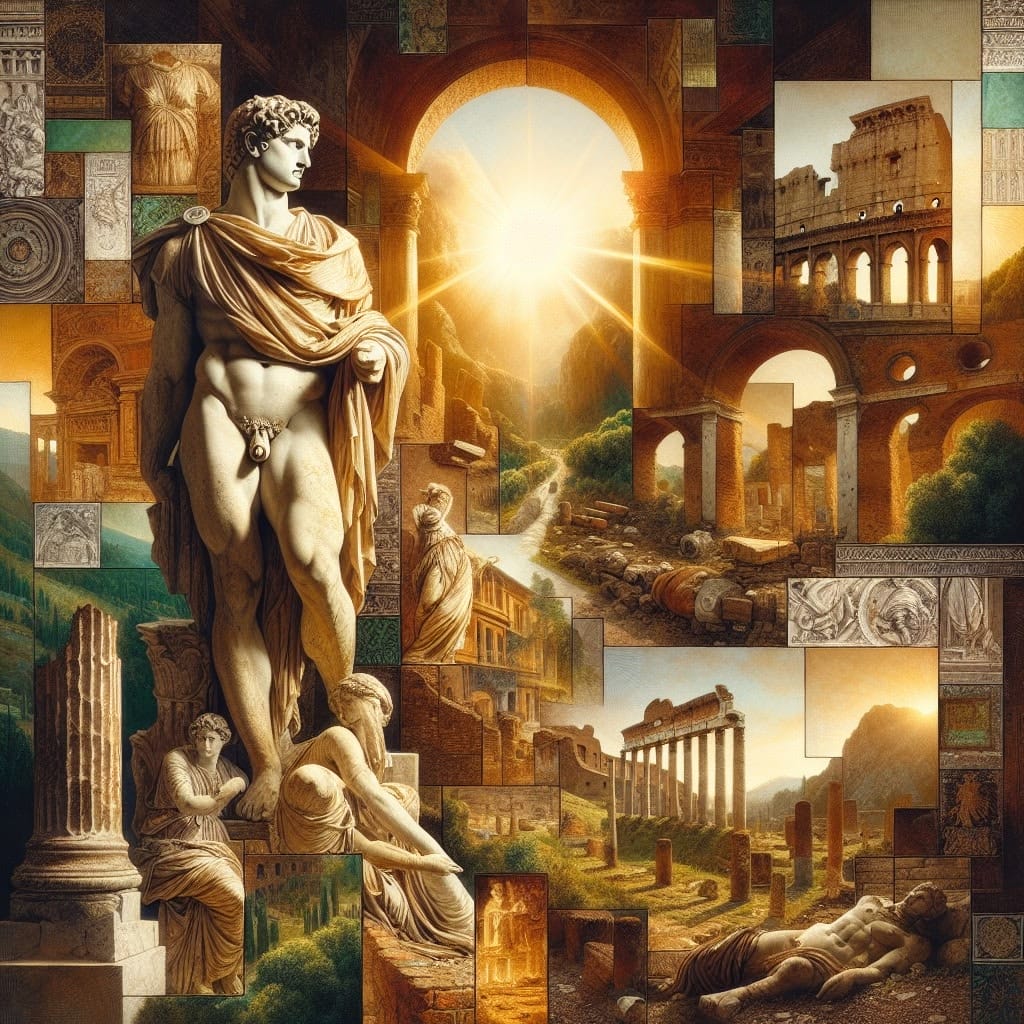
As we delve deeper into this article, we will explore how these classical influences not only defined the Renaissance but also set the stage for the rise of Neoclassicism in the 18th century.
Historical Context of the Renaissance
Timeline of the Renaissance
The Renaissance, spanning from the 14th to the 17th century, marked a pivotal era in European history. Its early roots can be traced back to the 1100s with the rediscovery of classical philosophy. By the late 1200s and early 1300s, this transition from medieval to modern times gained momentum. The early 1400s saw a flourishing of art and humanism in Italy, setting the stage for the High Renaissance (1490s–1527). This period was characterized by artistic masterpieces and the establishment of Rome as a cultural epicenter. However, the sack of Rome in 1527 signaled the end of its peak, leading into subsequent eras, including the Baroque period.
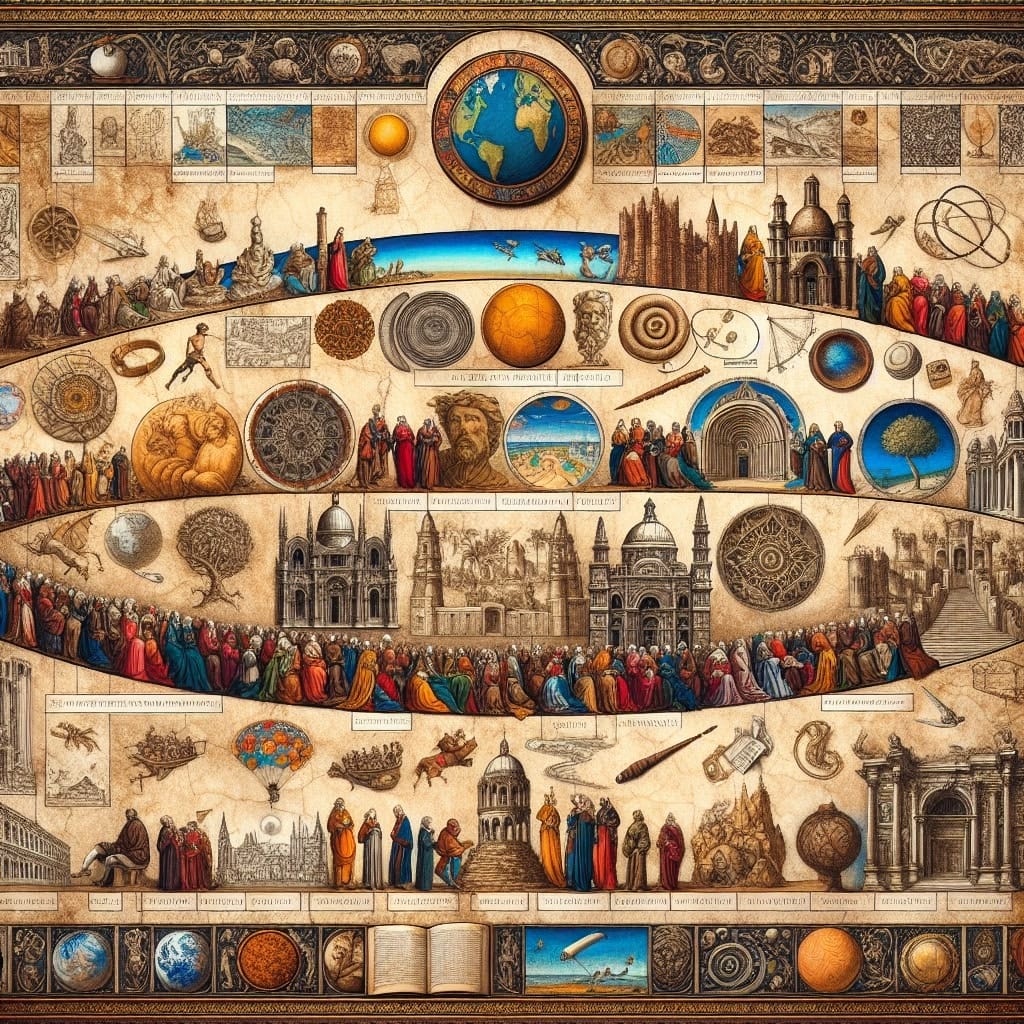
Cultural and Intellectual Awakening
The Renaissance was a time of profound cultural awakening, driven by a renewed interest in classical antiquity. This period witnessed a shift from medieval religious dogma to humanism, emphasizing reason and scientific inquiry. Artistic innovation flourished, with artists drawing inspiration from Greco-Roman techniques, leading to more realistic and emotive works.
“The Renaissance was the bridge between the Middle Ages and modern history, characterized by a revival of classical thought,” notes historian Jane Doe.
Overall, the Renaissance not only revived classical knowledge but also reshaped the cultural and intellectual landscapes of Europe, laying the foundation for future artistic expressions.
Discovery of Roman Ruins
The excavation of Pompeii and Herculaneum marked a pivotal moment in the rediscovery of Roman art, providing unparalleled insights into ancient Roman life. The eruption of Mount Vesuvius in 79 C.E. preserved these cities under ash, allowing for an extraordinary degree of preservation. The 18th-century excavations, led by figures such as Rocque Joaquin de Alcubierre and Karl Jakob Weber, set the stage for modern archaeology with their emphasis on meticulous documentation.
- Uncovering of wall paintings and sculptures
- Discovery of papyrus scrolls
- Introduction of plaster casting techniques by Giuseppe Fiorelli
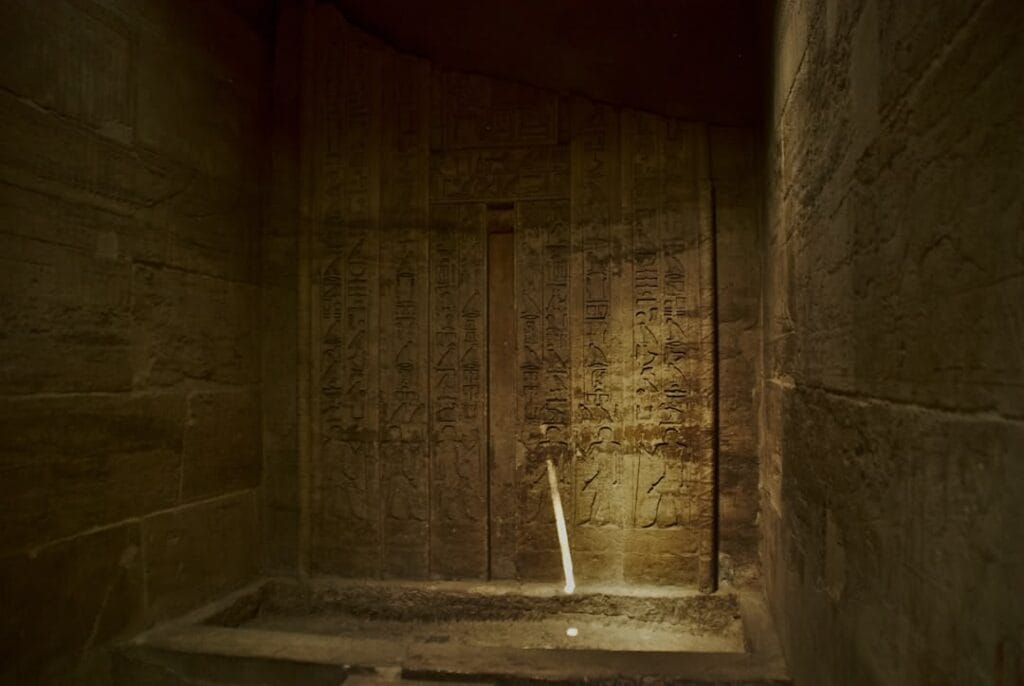
Archaeology has played a crucial role in art rediscovery, providing context and narrative vital for understanding Roman art. These well-documented excavations laid the groundwork for art history as a scholarly field, influencing European interest and appreciation of classical antiquity.
Contemporary art continues to draw inspiration from these ancient sites. The exhibition “Mattia Bosco: Korai” exemplifies how modern artists engage with Roman ruins, creating a dialogue between past and present, and reflecting historical narratives through contemporary lenses.
| Findings | Significance |
|---|---|
| Wall Paintings | Insight into Roman daily life and aesthetics |
| Sculptures | Examples of Roman craftsmanship and style |
| Papyrus Scrolls | Understanding of literary and intellectual pursuits |
Influence on Renaissance Artists
Raphael’s Inspiration from Roman Frescoes
Raphael’s exposure to the frescoes of the Domus Aurea significantly shaped his artistic endeavors. These frescoes, discovered in ancient grottoes near the Colosseum, showcased an array of nature, geometric figures, and mythological creatures. Such grotesque art became a hallmark of the Renaissance. After arriving in Rome in 1508, Raphael adapted these Roman-era drawings into his works, evident in pieces like ‘The School of Athens’. This influence is celebrated in exhibitions commemorating the 500th anniversary of his death, underscoring his lasting legacy.
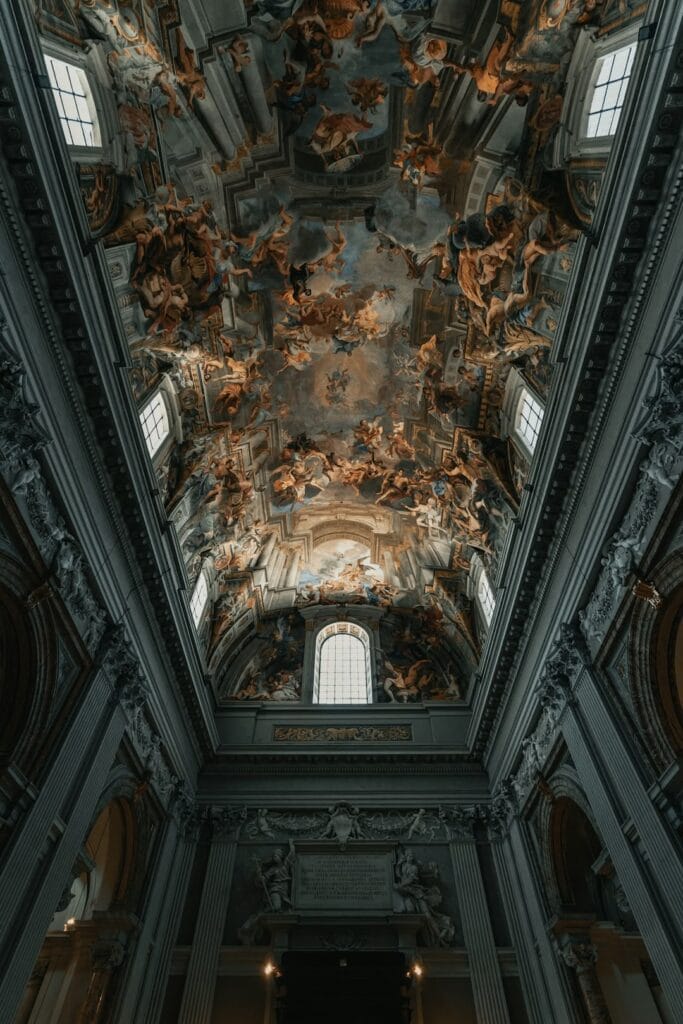
Michelangelo’s Study of Roman Sculptures
While specific details about Michelangelo’s study of Roman sculptures are limited, his works reflect a profound classical influence. His sculpture ‘David’ exemplifies the classical idealism and realism reminiscent of Greek and Roman artistry. Michelangelo’s commitment to studying ancient forms is evident in his portrayal of the human body, notably embodying the contrapposto stance, a nod to classical sculpture.
Classical Themes in Renaissance Art
Renaissance art was deeply imbued with classical themes, marking a revival of Greco-Roman motifs. Artists like Titian and Leonardo da Vinci infused their works with mythological subjects and classical imagery. This era’s art is characterized by a return to realism and the exploration of humanism, bridging ancient philosophies with contemporary expressions. The Renaissance thus served as a pivotal moment in the enduring legacy of classical art.
The Rise of Neoclassicism
The 18th century witnessed the emergence of Neoclassicism, an art movement characterized by its dedication to classical antiquity, harmony, and proportion. This movement sought inspiration from ancient Greek and Roman art, emphasizing themes of reason, clarity, and order. Neoclassicism favored idealized forms and often drew subjects from mythology and history.
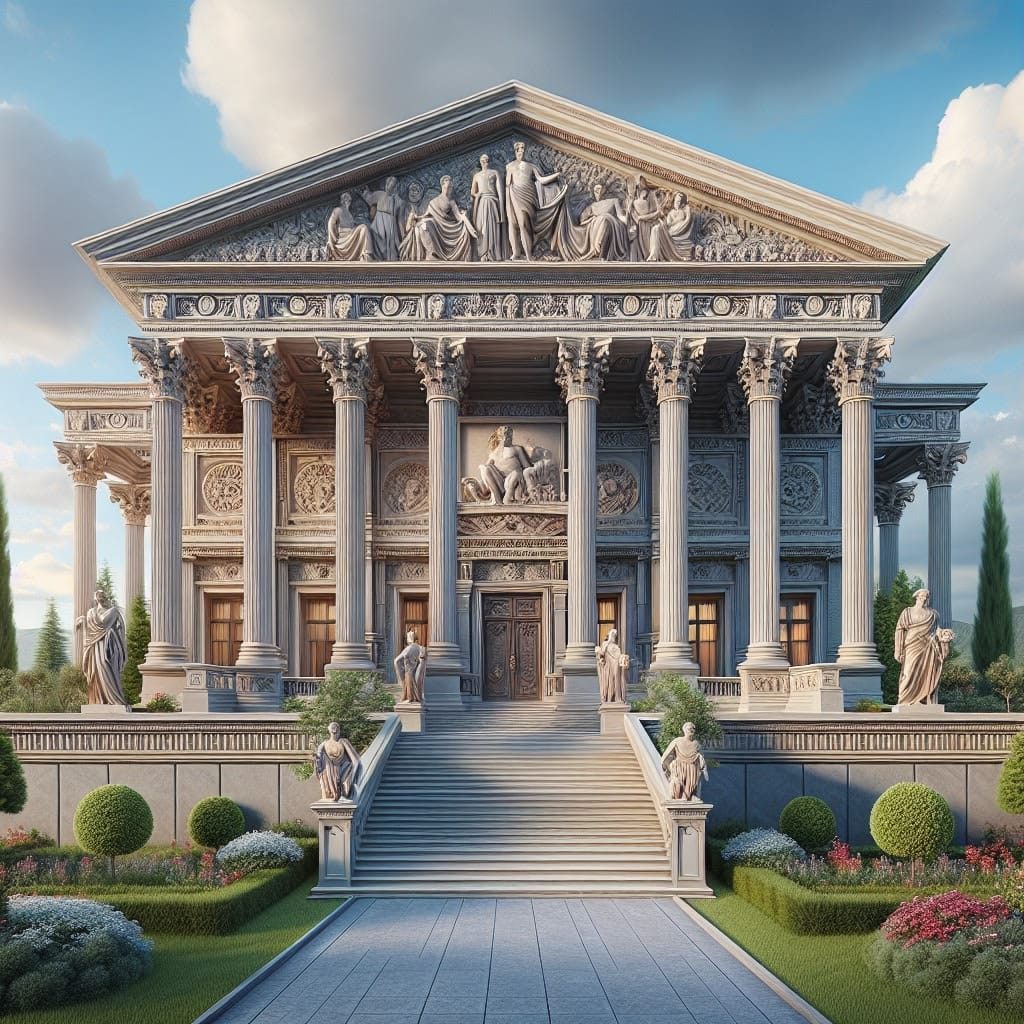
The rediscovery of Roman art during the Renaissance played a pivotal role in shaping Neoclassicism. Artists and thinkers of this era were deeply influenced by the archaeological findings of Roman ruins, which reignited an appreciation for classical ideals. This revival of interest in antiquity set the stage for the Neoclassical movement.
Key figures in Neoclassicism include:
- Jacques-Louis David – Known for his history paintings and moral themes.
- Anton Raphael Mengs – A painter and theorist, influential in Roman Neoclassical circles.
- Angelica Kauffmann – Renowned for her sentimental subjects in antique garb.
- Jean-Auguste-Dominique Ingres – Blended Neoclassical and Romantic elements in his works.
- Johann Joachim Winckelmann – A scholar whose writings on Greek art greatly influenced the movement.
These individuals exemplified the Neoclassical ideals, leaving a lasting impact on the art world by revisiting and revitalizing ancient Roman art forms.
Impact on Architecture
The revival of Roman architectural styles during the Renaissance profoundly influenced European architecture. Architects like Filippo Brunelleschi and Andrea Palladio drew heavily from classical Roman examples, integrating elements such as columns, arches, and domes into their designs. This revival not only reshaped the architectural landscape of the time but also elevated the status of architects from skilled laborers to revered artists.
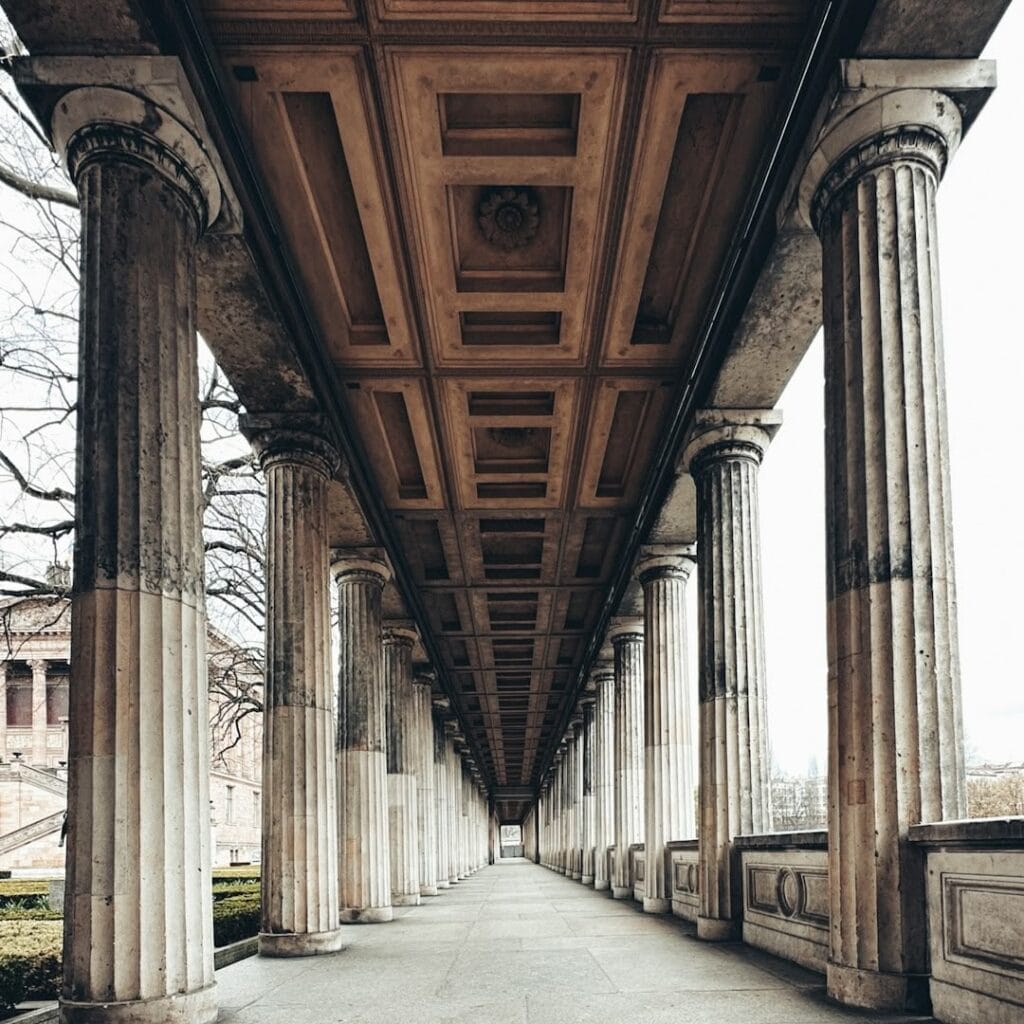
As the Renaissance ideals spread across Europe, they laid the groundwork for Neoclassicism, which emerged in the 18th century. This movement emphasized harmony, simplicity, and proportion, drawing inspiration from both Greek and Roman antiquity. Notable examples of Neoclassical architecture include The White House, US Capitol Building, and Monticello, each showcasing classical motifs like columns and symmetrical designs.
“Architecture should speak of its time and place, but yearn for timelessness.” – Frank Gehry
These enduring architectural principles continue to influence contemporary buildings, illustrating the lasting legacy of Roman art rediscovery.
Literary and Philosophical Impacts
The rediscovery of Roman art during the Renaissance not only transformed the visual arts but also invigorated literary and philosophical thought. Roman literature, with its rich narratives and eloquent prose, profoundly influenced Renaissance thinkers. Writers such as Petrarch and Boccaccio drew inspiration from ancient texts, shaping the literary landscape with themes of humanism and classical philosophy.
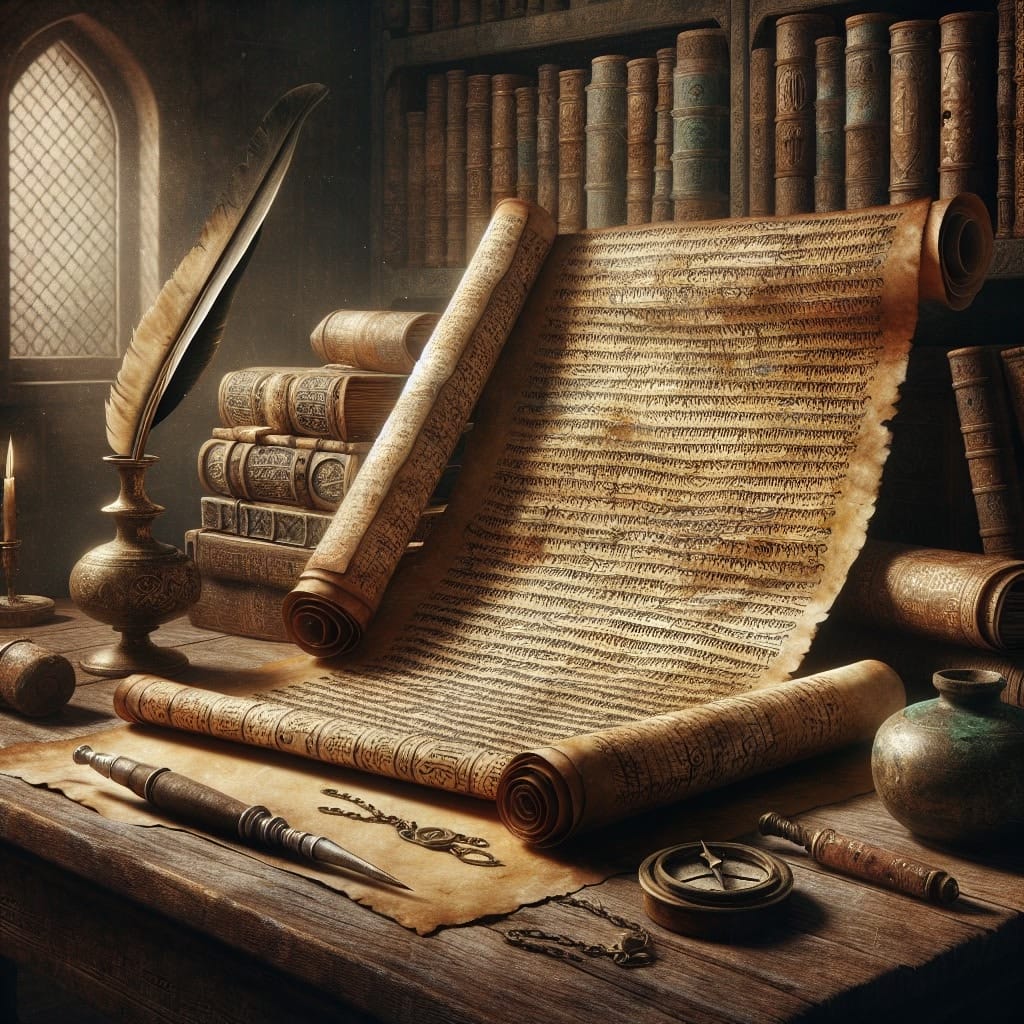
This revival of classical philosophy was marked by a renewed interest in the works of Roman thinkers like Cicero and Seneca. Their writings on ethics, governance, and the nature of the human soul provided a foundation for Renaissance humanism. As Cicero once noted, “To be ignorant of what occurred before you were born is to remain always a child.” This sentiment echoed throughout Renaissance intellectual circles, emphasizing the importance of historical knowledge.
Literary works such as Thomas More’s Utopia and Erasmus’s In Praise of Folly exemplify the era’s blend of Roman themes with contemporary issues. These texts reflect a deep engagement with classical ideas, illustrating how the Renaissance served as a bridge between antiquity and modernity.
Comparative Analysis of Art Movements
The Renaissance and Neoclassicism represent pivotal moments in the history of art, each marked by a profound engagement with classical themes. Both movements drew inspiration from ancient Roman art, yet they manifested this inspiration in distinct ways.
| Aspect | Renaissance | Neoclassicism |
|---|---|---|
| Time Period | 14th to 17th century | Mid-18th to early 19th century |
| Inspiration | Roman ruins and sculptures | Archaeological discoveries and Greek ideals |
| Key Figures | Michelangelo, Raphael | Thomas Jefferson, Jacques-Louis David |
Key Differences:
- Renaissance art focused on humanism and the fusion of religion with classical themes, while Neoclassicism emphasized symmetry and simplicity inspired by Greek antiquity.
- Renaissance artists often integrated emotion and movement, whereas Neoclassicism preferred restraint and clarity.
Despite these differences, both movements maintained a continuity in their dedication to classical principles. This enduring commitment to the ideals of harmony and proportion underscores the timelessness of Roman art’s influence.
Modern Art and Roman Influence
Roman art has left a profound imprint on contemporary art movements, evident in the realism and naturalism that continue to shape artistic expression today. The legacy of Roman artists, who mastered the portrayal of human figures and landscapes with techniques such as chiaroscuro, has paved the way for modern artists to explore psychological depths in their subjects.
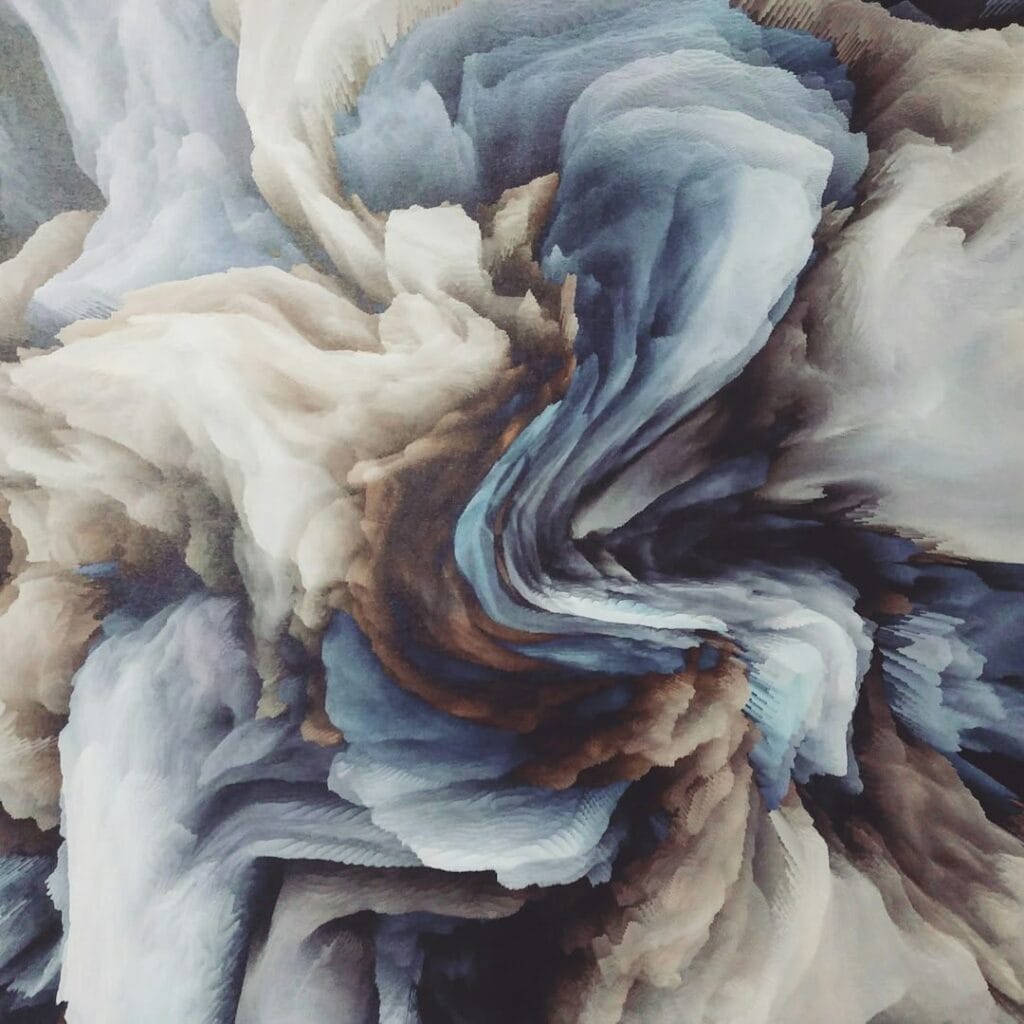
Contemporary artists frequently draw inspiration from the rich tapestry of Roman mythology, history, and literature. These classical themes are reinterpreted in the modern context, connecting the present with a storied past. Artists often incorporate symbols and motifs from Roman artefacts, enriching their narratives with historical and cultural significance.
Examples of modern artworks that reflect Roman influence include Xu Zhen’s ‘Hello’, a sculpture that melds Greek architectural elements with a contemporary twist. Similarly, Jeff Koons’s ‘Balloon Dog’ echoes the grandeur of Roman forms while engaging with modern aesthetics. These pieces underscore the enduring relevance of Roman art, as they reinterpret classical elements for a new era.
The Ongoing Legacy of Roman Art
The enduring influence of Roman art is evident in its continued relevance across modern artistic expressions. Themes from Roman mythology, history, and architecture resonate in contemporary works, reflecting an unbroken dialogue between past and present. This cultural legacy is not only pivotal in artistic creation but also in educational frameworks that delve into art history.
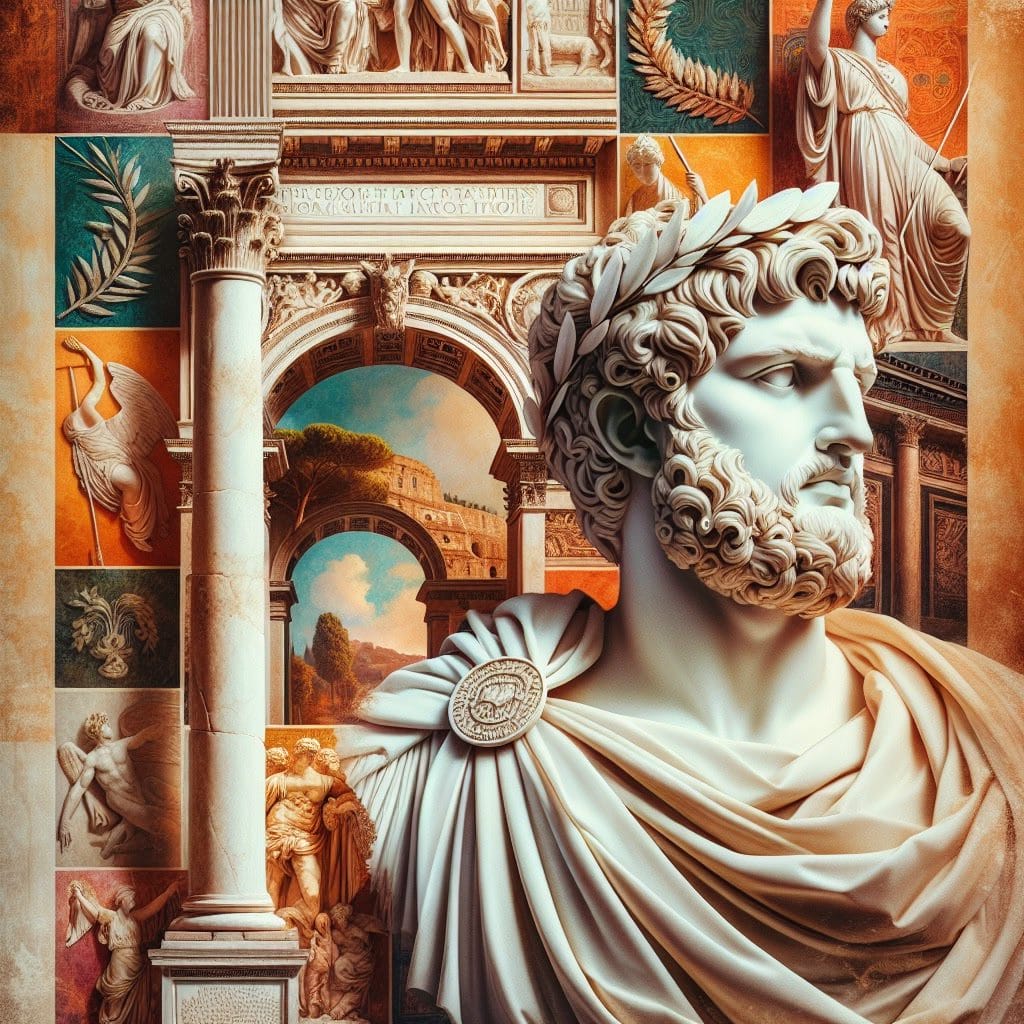
Art education programs around the world emphasize the foundational role of Roman art. By analyzing Roman techniques like chiaroscuro and perspective, students gain insights into the evolution of artistic styles. Such programs ensure that the principles of Roman art remain integral to understanding broader artistic movements.
Looking ahead, the study of Roman art continues to hold promising prospects. As art historian Dr. Emily Johnson remarks, “Roman art provides a lens through which we can explore the complexities of cultural narratives and their impact on modern society.” This exploration enriches both academic inquiry and creative practice. As new technologies and methodologies emerge, they enable deeper engagement with these ancient forms, ensuring Roman art’s legacy endures for future generations.
Conclusion
The rediscovery of Roman art during the Renaissance was pivotal in reviving classical ideals, profoundly impacting European art. This renewed interest in realism, naturalism, and classical themes inspired renowned artists like Raphael and Michelangelo, influencing art movements such as Neoclassicism.
The excavation of sites like Pompeii and Herculaneum sparked a cultural and intellectual awakening, bridging ancient and modern artistic expressions. Roman art’s focus on human emotion and architectural grandeur continues to shape contemporary art and architecture, underscoring its enduring legacy.
Ultimately, this rediscovery not only enriched Renaissance art but also laid a foundational influence on modern artistic philosophies, ensuring that Roman art remains a cornerstone of art history and cultural dialogue.
Frequently Asked Questions
What sparked the rediscovery of Roman art during the Renaissance?
The rediscovery of Roman art during the Renaissance was primarily sparked by the excavation of ancient sites like Pompeii and Herculaneum. These discoveries revealed a wealth of Roman sculptures and frescoes, which inspired Renaissance artists to revive classical themes. For more on this, visit Quora: Roman art influence.
How did the rediscovery influence Renaissance artists?
Renaissance artists like Raphael and Michelangelo drew heavily from Roman art, adopting its realism and naturalism. They infused these classical techniques into their work, profoundly shaping European art. Learn more on this topic through Antiquities Blog.
Is there a common misconception about Roman art’s influence?
A common misconception is that Roman art merely copied Greek art; however, it uniquely contributed to art history by focusing on realism and depth, influencing modern art movements. This distinction is explored in The Trumpet’s article.
Where can I find additional resources for further reading?
For those interested in diving deeper into Roman art and its impact, consider exploring resources available on Quora and Antiquities Blog, which provide comprehensive insights into this fascinating topic.

